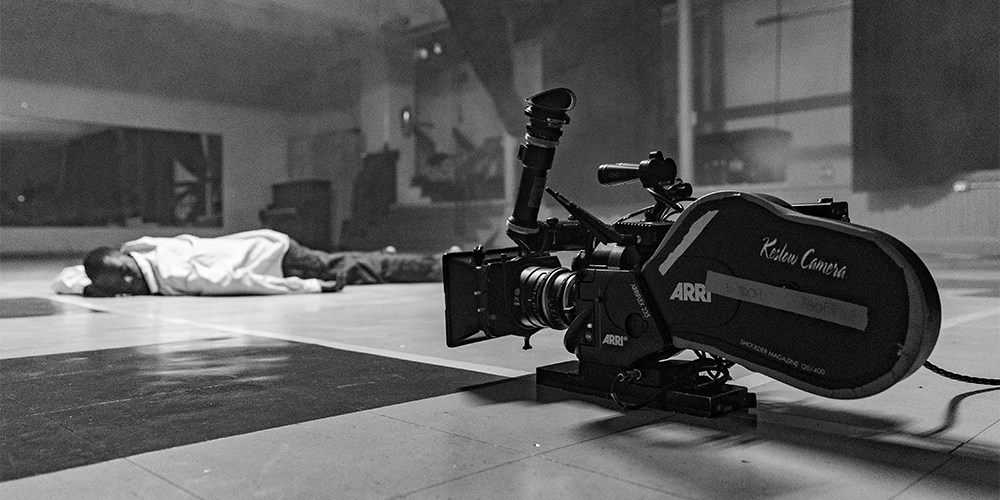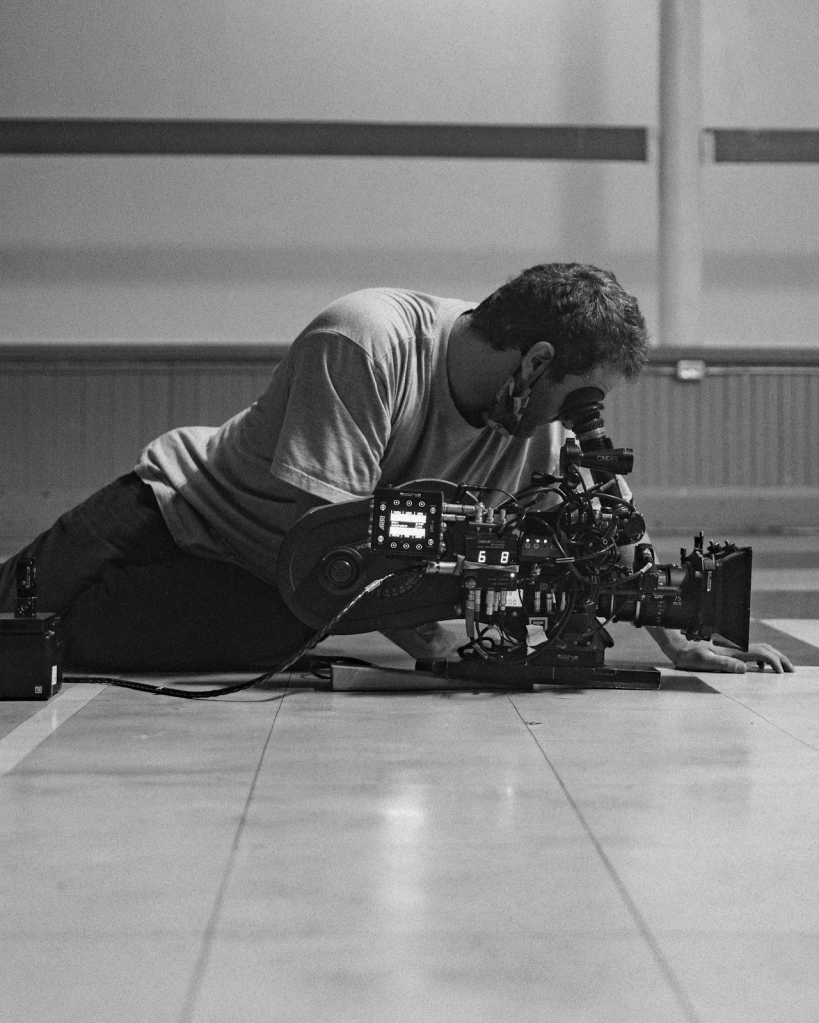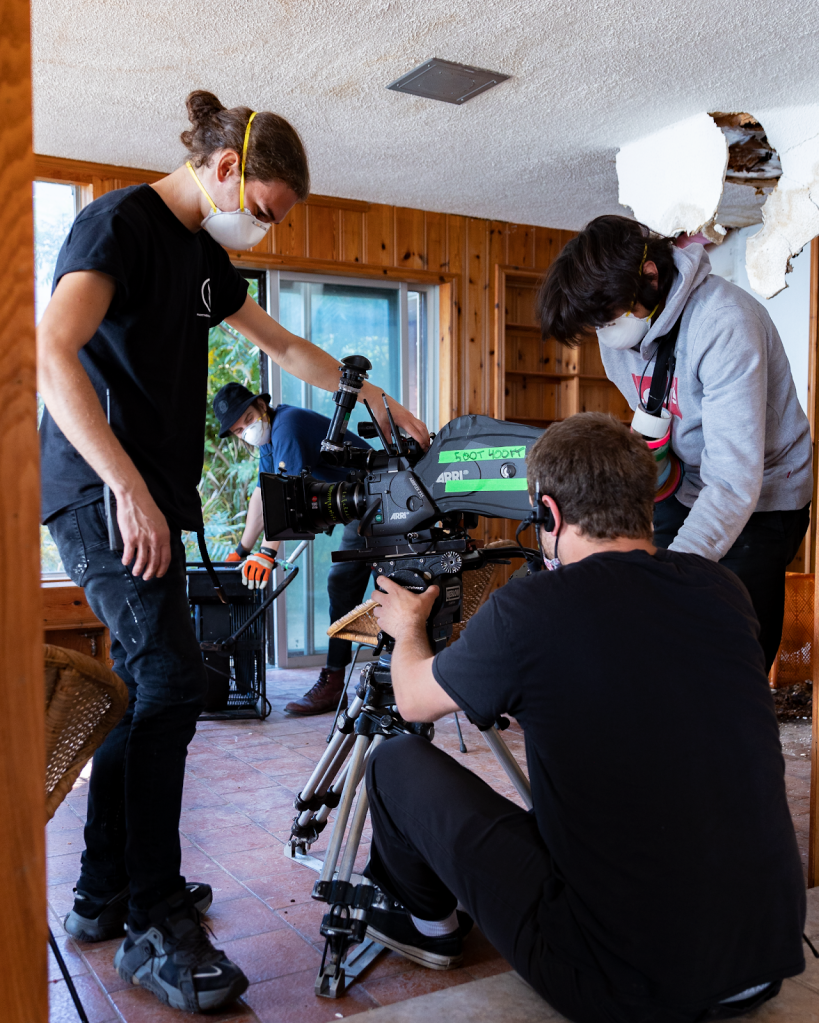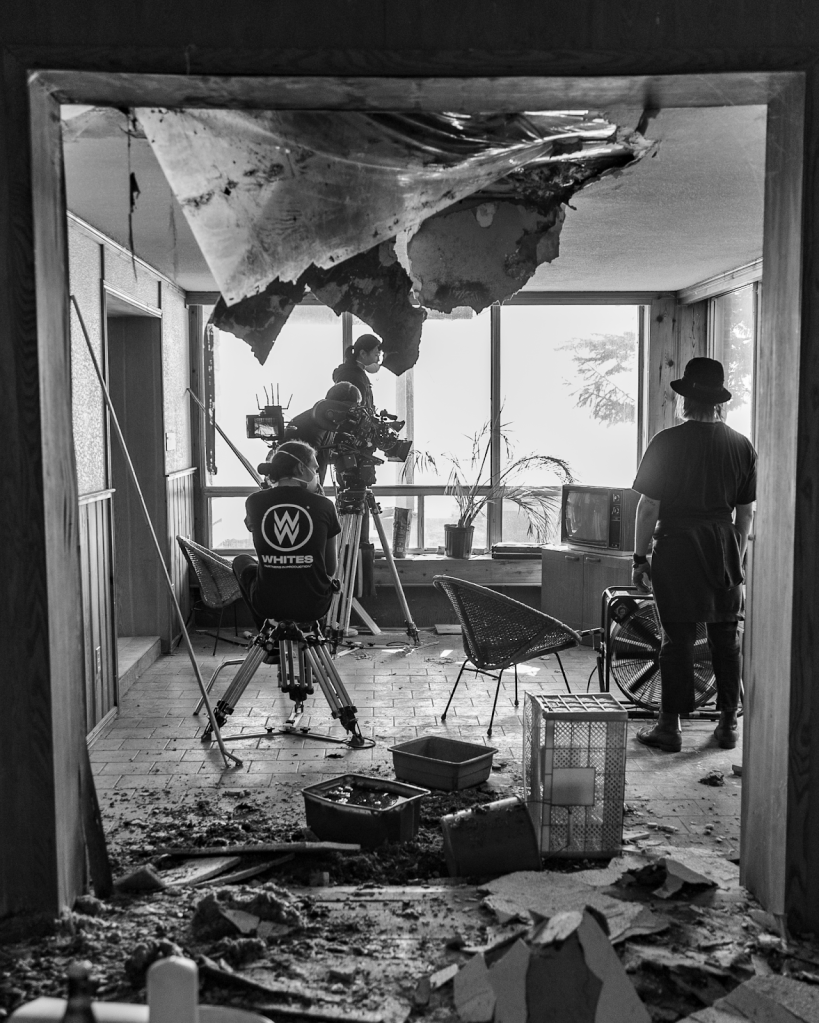
Cinematic Tips: Shooting 35mm with the Filmmakers of “Wake”
Peek behind the scenes of this beautifully-composed short film, shot on 35mm film, in this candid interview with Liam Higgins.
We all aspire to be filmmakers. But, what does that term really mean, these days? With digital cameras pushing 8K and smartphones with built-in cinematic mode, it starts to beg the question: What is a filmmaker here in 2022?
While there are plenty of ways to answer this question—perhaps with more questions about the nature of your art and the projects you’re trying to create—there’s one true answer that should satisfy most in this medium. True filmmaking is shooting on film. And, in today’s market, these opportunities can be harder to find, and even more difficult to pull off.
To explore this dying, yet beautiful form of classical filmmaking, we sat down to chat with Liam Higgins, the filmmaker responsible for this 35mm-shot short film “Wake” to learn more about his filmmaking process.
PremiumBeat: Thanks for sharing your film with us and taking the time to chat, Liam. Off the bat, what would you say were your cinematic (and thematic) inspirations for “Wake?”
Liam Higgins: In the process of writing, I was diving deep into filmmakers like Andrei Tarkovsky, Akira Kurosawa, and Maya Deren. Tarkovsky and Deren have been a huge influence for me since I first started in film school because I felt their painterly, more experimental approach to storytelling engaged me a lot more.
For this film, in particular, I didn’t want to display grief and loss as this run-of-the-mill experience that can easily be explained, because often it’s not. For me, I’ve always defined that feeling as a bit disorienting and more solipsistic.
My goal was to create something simple enough to be digestible, but esoteric enough for people to ask questions and feel resolved when we leave our character. I felt that people like Tarkovsky best represent this balance.
PB: Your role for the film is credited as Writer, Creative Director, and DoP. How did you manage your collaboration and workflow with having a director, as well?

LH: I think time allowed me to wear all of these hats, and specifically working with a team that was open to not looking at their roles traditionally. From the first draft to the completion of the story, it was exactly one year—I still find that kind of crazy and a bit enlightening in a way.
I knew this story so deeply that it was a second nature of understanding my characters, the world of the story, and the way it flowed and felt. Martin Klapperbein, our director, was along for that ride without question and knew exactly how to integrate himself into the story in a way that both challenged it constructively, and filled the gaps that were lacking. At times, it was difficult. But, for the most part, we were on the same page about a lot of stuff. It made him the ideal collaborator for the project.
PB: We really enjoyed your film’s beautiful and natural film look. What camera, lenses, and film stock did you choose to shoot on and why?

LH: Thank you! It was a ride to achieve the exact look we wanted for the film and, thankfully, we stuck to our guns and didn’t back down from our dream of shooting on 35mm. For me, I wanted to go all out on this visually . . . capturing images on celluloid with a deep grit and painterly-like presence.
We shot on the ARRI 235 3-perf camera with Leica Summilux C’s. The 35mm + Leica was a long, sought-after look I had for the film because a huge inspiration for a lot of the images came from photographers like Harry Gruyaert and Alex Webb, who we felt best-demonstrated reportage photography, documenting what feels like a decisive moment from the perspective of a fly on the wall.
I wanted to bring that sensibility to the image so that the camera never drew attention to itself, but just felt like it was in the right place at the right time.
PB: There are also some stunning locations (both indoor and outdoor) in the film. How were you able to scout such beautiful spots?

LH: There are so many funny stories about these locations, from finding them by going along the Greater Toronto Area’s water line on Google Maps, our producer Mike having to insure the Queen (not kidding), and legitimately searching for churches until we found the right look—which legitimately took months. Our entire team was not backing down from finding the perfect locations and that patience rewarded us significantly.
PB: The soundtrack is obviously a huge part of the cinematic experience for your film. What would you recommend to aspiring filmmakers and cinematographers when it comes to looking for the right music for their projects?
LH: The whole backbone of this piece is thanks to our composer and collaborator Alaskan Tapes. It was a dream to have this film as something he was a part of. I’ve long loved his music and appreciated how emotional and cinematic his vision for his sound is.
The biggest recommendation I’d have for any aspiring filmmaker is: The answer will always be no if you don’t ask. I’ve applied this logic to absolutely everything. If you believe in the story you’re telling, set the bar high and strive for that. A cold message to Alaskan Tapes and an afternoon coffee later resulted in one of my most favorite collaborations to date.
PB: My favorite shot of the film might have to be the “underwater” look. How did you pull this off?

LH: BIG shout-out to the wizard Vitaliy Havrylyuk, our VFX artist from Portugal. He built that shot from scratch! I was collaborating on a music video for Sony with him at the time and was struggling to figure out technically how we would execute a deep underwater shot on 35mm.
It was practically impossible in our budget, and it hit me that I should ask him to be a part of the film. I sent him over some photo references that I doctored together in Photoshop, explained to him how I wanted the movement to feel, and presto, a month later he just had it done.
The first pass he sent over literally blew all of our minds. Between his execution on the image, and our colorist Clinton Homuth‘s capability to replicate the celluloid look in the image, they managed to create the exact shot I had envisioned in my head.
It still baffles me to this day.
PB: For any aspiring filmmakers (or, specifically, cinematographers), what simple advice would you give them to help them get started in their careers?

LH: Think big and listen more, simply put. No idea is off the table when you have the right collaborators and the mentality to create something great. Every single team member and vendor on “Wake” understood that, and is the reason this film is what it is.
Find the people that understand your vision for the work, respect them, love them, and provide the same value in return to them. It takes a village, so bring the right people together and listen to their ideas.
PB: Thanks again for sharing your project and insights with us. We, of course, know that no film is a one-man band, though. Is there anyone else that you’d like to give a shout-out to for helping bring your vision to life?
LH: Absolutely, this film would not be possible without the crew, Martin, Last Frame Pictures and Mike, Keslow Camera and Triton, Ontario Camera and Daniel, Colorlab and Scott Mueller, Anne Hubbell from Kodak, and every single person who donated to the IndieGoGo to make this project a reality. Wake is nothing without them, and I’m indebted to them for that.
Hopefully, this interview will give any aspiring filmmakers (especially those looking to dabble in actual film cinematography) a good insight into a true artistic process.
For more film interviews, tips, and tricks, check out these additional articles:
- Cinematographer Interview: Shooting Darkness for “The Empty Man”
- Say Goodbye to the Canon DSLR
- Interview: Shooting a Parody Commercial with the Foo Fighters
- What Makes the iPhone 13’s Cinematic Mode Cinematic?
- Filmmaker Interview: Jim Cummings Talks “The Wolf of Snow Hollow”
Cover image courtesy of Liam Higgins.

-
Flow
By Ben Beiny
- Floating and atmospheric, featuring soothing drones and smooth textures that create a peaceful and relaxing mood.
- Buy track
- A Simple Beauty
- Dreamy and ethereal, with electronic ambient elements featuring lush strings and synthesizer to create a mediative and peaceful mood.
- Buy track
-
Reflections (Extended Meditation)
By Ben Beiny
- Smooth and soothing, featuring warm drones that build to create a peaceful mood.
- Buy track
-
Deep Blue Ocean
By Mocha Music
- Ambient and peaceful, featuring light piano, soft strings and atmospheric pads that create a dreamy, reflective mood.
- Buy track
- Ethereal Thoughts
- Warm and inspirational, featuring many layers of flowing, pulsing synthesizer and electric guitar echoes that weave in and out to create a bright, peaceful atmosphere.
- Buy track





